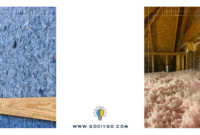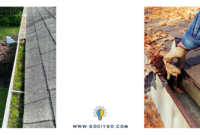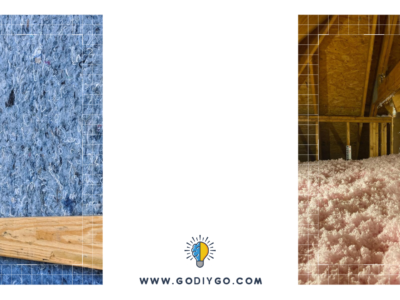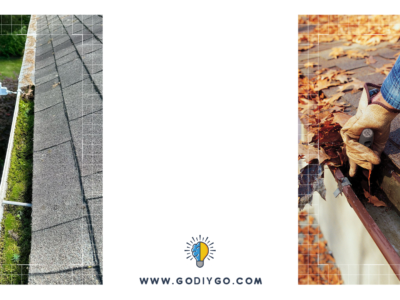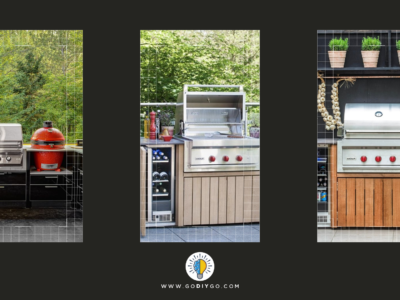Fossil fuels are a great source of energy for generating power, but they aren’t the only source of energy accessible, in fact, energy is all around us. Did you know that sunlight, wind, water, and a variety of other sources may all be utilized to generate energy? The answer is yes, and there’s much more to it! For instance, the amazing thing about these energy sources is that they are limitless; no matter what we do, there will always be wind in the air and waves in the water. As a result, we classify them as renewable energy sources.
To find out more, make sure you check this list of 7 things that you should know about renewable energy!
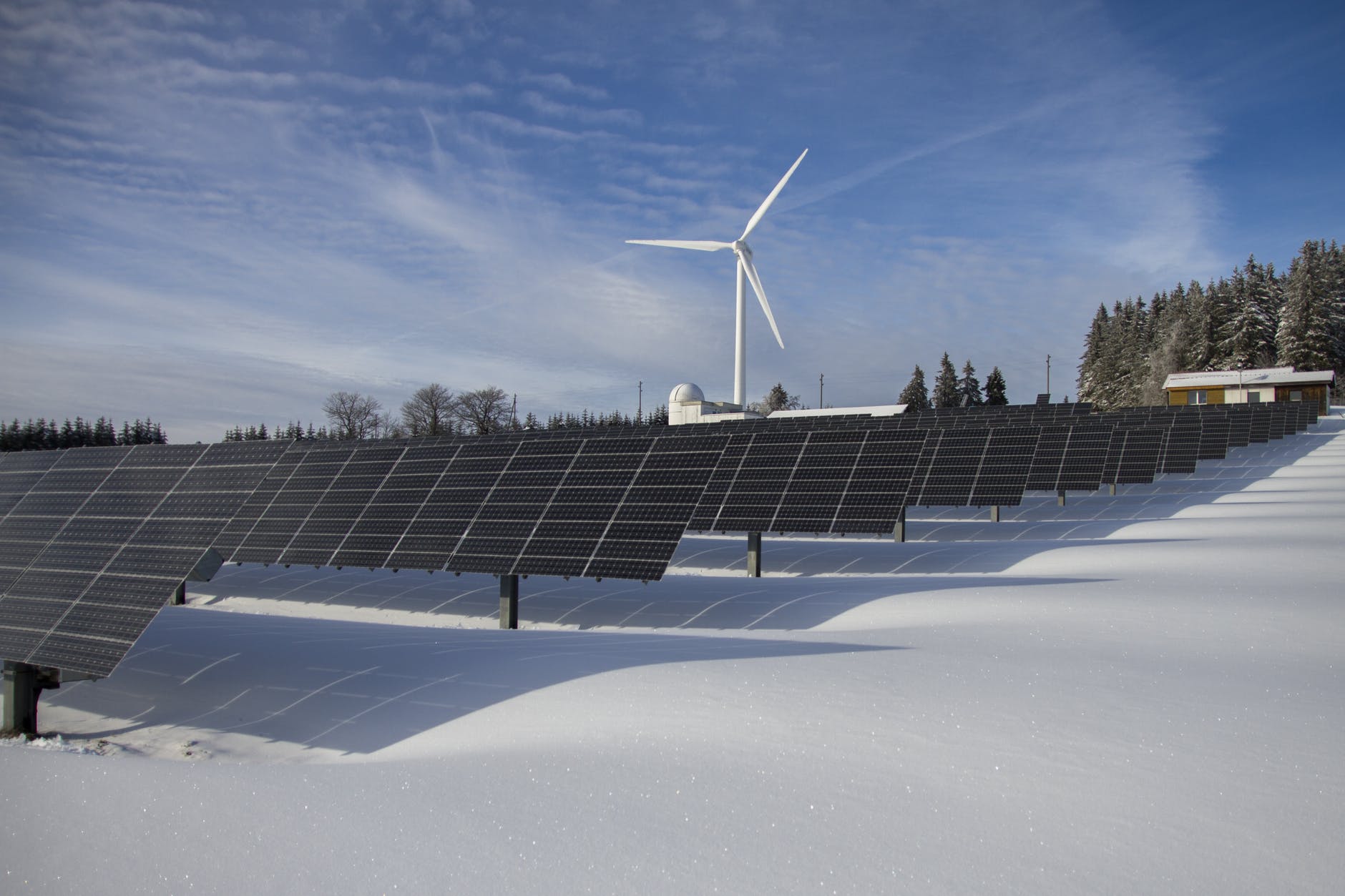
It’s never-ending
Renewable energy subsumes sustainable and viable sources of power. Because of this natural regeneration, renewables cannot be exhausted, in other words, they are near to never-ending sources of power. Consider the effects of sun, wind, water, waves, etc. We do not anticipate a decrease in solar energy, wind, or tidal waves within our lifespan. To that end, some of these renewables can also be utilized to power a generator which can be used as a better, safer, and more eco-friendly alternative to fossil fuel burning.
Eco-friendly
In addition to lowering power use, the solar/wind/hydro method lowers utility costs and reduces electrosmog, air pollution, and the environment in general. The sun, wind, and water are renewable (and pollution-free) energy sources that can assist reduce CO2 emissions. They are definitely a more ecologically and economically acceptable answer than traditional fossil fuels such as coal and oil, which spew pollutants directly into the atmosphere.
Solar power
When it comes to powering households, solar energy is already a solid backup source of energy, but it may also be used as the primary source. Solar chargers can power a broad range of electronics, including smartphones, tablets, audio players, and electronic readers. Solar air conditioners, different thermostats, as well as tiny refrigerators, and freezers, are also available. People are becoming more aware of the value of solar energy and are embracing solar items. As a result, it is reasonable to predict that our knowledge of how we utilize energy will evolve over time and that we are slowly shifting to these alternative options of sourcing power.
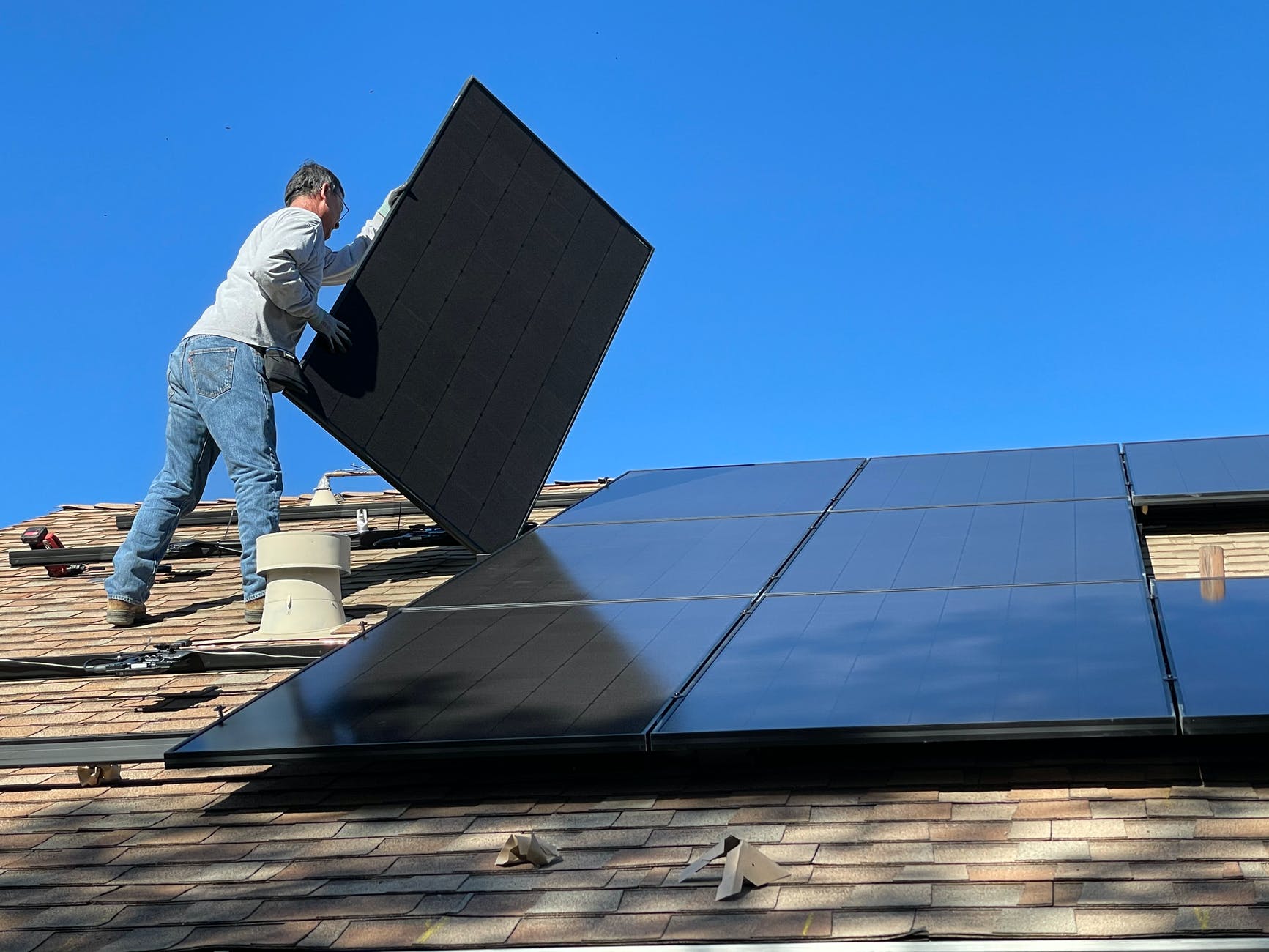
For example, rooftop solar energy is a cost-effective and practical method of household energy conservation that is being used by an increasing number of property owners throughout the world. The primary benefit of placing solar panels on rooftops is obvious: electricity is created from solar energy, reducing the household’s reliance on the power grid and lowering the monthly payment. You can find solar panels for your home in a variety of companies that also offer good discounts. Likewise, the major characteristics of solar panels are their endurance and weather resistance. They are impervious to water, dampness, and other atmospheric forces, as well as built of high-quality materials!
Long-lasting
Solar systems, for instance, typically last 25 to 35 years, resulting in long-term and decades-long savings. Investing in solar panels and collectors is a cost-cutting approach for the home. Furthermore, the property’s worth and market price have increased, which is critical if you want to sell it in the future.
Geothermal energy
For a long time, geothermal energy has also been employed to generate power. Water is injected deep below in geothermal power plants, where the heat from surrounding pockets of magma converts the water to steam. The steam is then piped down to the surface, where it is utilized to power the steam turbine.
Because geothermal wells seldom reach depths of more than two miles, geothermal power plants can only be constructed when magma is available near the surface. This is most common around a volcanic activity or where tectonic plates collide.
The power of wind
Wind energy is apparent. Wind turbines have grown in size and power substantially in recent decades. The sea turned out to be an excellent location for a wind farm since the wind is more steady, and no one would object to wind turbines obstructing their view.
Water
Hydropower is one of the most simple and cost-effective methods of generating energy, as well as one of the oldest. Water runs through a pipe at a hydroelectric power plant and then pushes against the turbine blades. The alternator generates power when the turbine turns.
Most hydroelectric facilities feature a dam where water collects before traveling through turbines. The dam increases the water level and stores it for the season. Also, it increases the water level and stores it seasonally, allowing for the production of energy throughout the year in some situations.
All these facts speak volumes of how big benefits renewable sources can bring to us. Now it is on us to choose the most suitable sustainable sources for our households!


